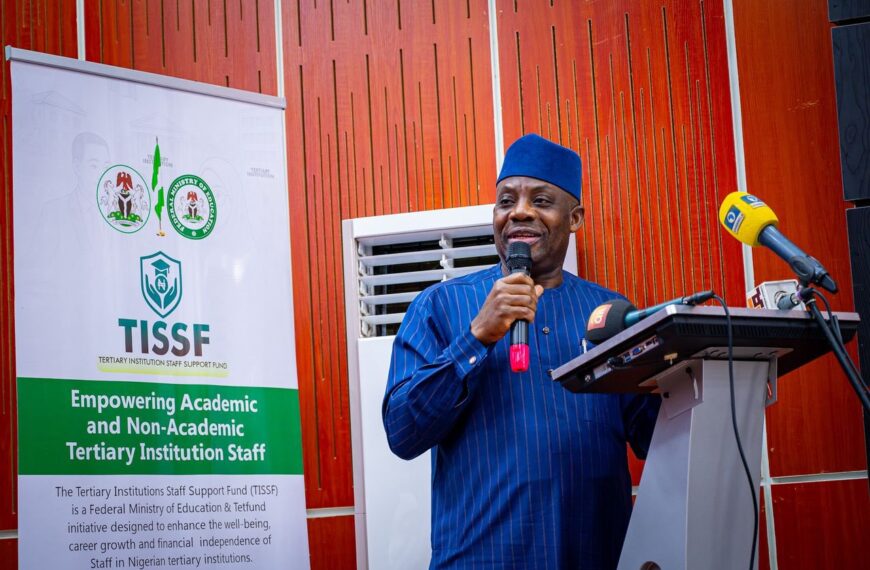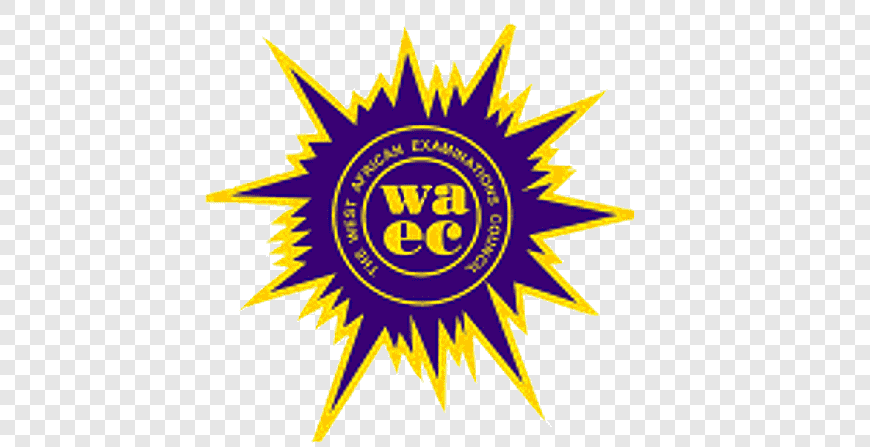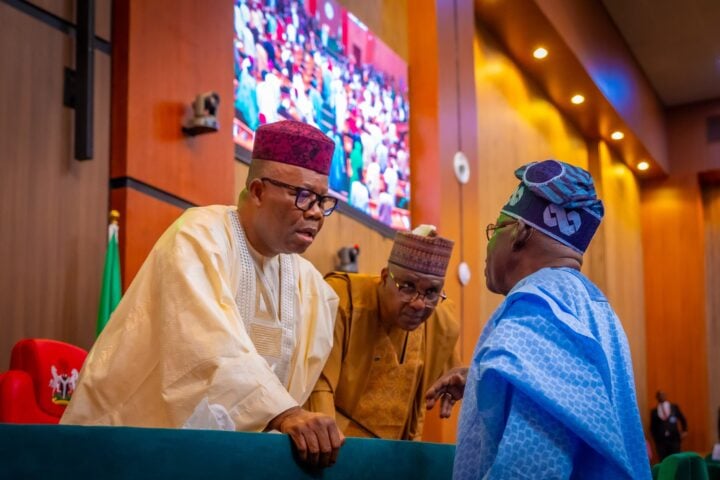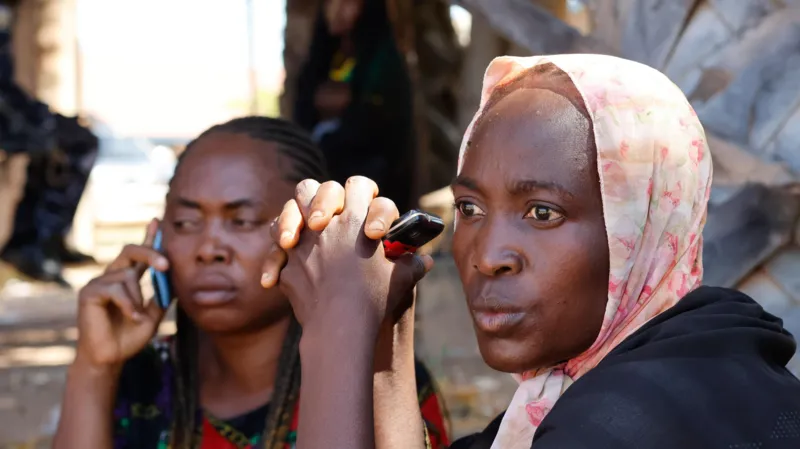Education is a cornerstone of development in Africa, and in Nigeria—the continent’s most populous country—it holds the key to reducing poverty, driving innovation, and building a brighter future. While strides have been made in improving access to education, challenges such as funding gaps, infrastructure deficits, and disparities in quality continue to hinder progress.
An Overview of Nigeria’s Education System
Nigeria’s education system is structured into three levels: primary, secondary, and tertiary education. Each tier plays a critical role in shaping the country’s future, but they face unique challenges and opportunities.
Primary Education
Primary education is the foundation of learning and is officially compulsory and free under the Universal Basic Education (UBE) program. However, in practice, access and quality remain uneven, particularly in rural areas where resources are scarce.
Secondary Education
Secondary schools in Nigeria prepare students for higher education or vocational training. Enrollment rates have increased, but many students drop out due to financial struggles or limited access to quality schools, especially in underprivileged areas.
Tertiary Education
Nigeria is home to numerous universities, polytechnics, and colleges of education, including prestigious institutions like the University of Lagos, Obafemi Awolowo University, and Ahmadu Bello University. However, frequent strikes, overcrowded classrooms, and outdated curricula often disrupt learning and hinder academic performance.
Key Challenges in Nigerian Education
- Infrastructure Deficits
Many schools, particularly in rural regions, lack essential facilities such as classrooms, desks, and libraries. This creates an environment unconducive to effective learning. - Teacher Shortages
The demand for qualified teachers far exceeds supply, leading to high student-to-teacher ratios and impacting the quality of education. - Insufficient Funding
Limited government funding restricts the ability to address systemic issues, improve school facilities, and provide teacher training. - Regional Inequality
Northern Nigeria faces greater educational challenges, including lower enrollment rates, especially for girls, due to cultural and security barriers.
Innovative Solutions and Progress
Despite these hurdles, Nigeria is taking bold steps to improve its education sector:
- E-Learning Platforms: Digital learning tools and platforms are expanding access to education for students in remote areas.
- Global Partnerships: Collaborations with international organizations are providing funding and technical support for educational reforms.
- STEM Initiatives: Programs promoting science, technology, engineering, and math (STEM) are equipping young Nigerians with critical skills for the modern workforce.
- Vocational Training: Increasing emphasis on vocational education is helping to prepare students for employment opportunities beyond traditional academics.
The Path Ahead
While Nigeria’s education sector faces significant challenges, its potential for growth and transformation is undeniable. By increasing investment, leveraging technology, and fostering collaboration between public and private sectors, Nigeria can create an education system that empowers its youth and drives national development.
The journey may be complex, but with collective effort, Nigeria can unlock the vast potential of its people, ensuring that every child has access to quality education and a brighter future.
child has access to quality education, which is key to unlocking Nigeria’s development potential.



















